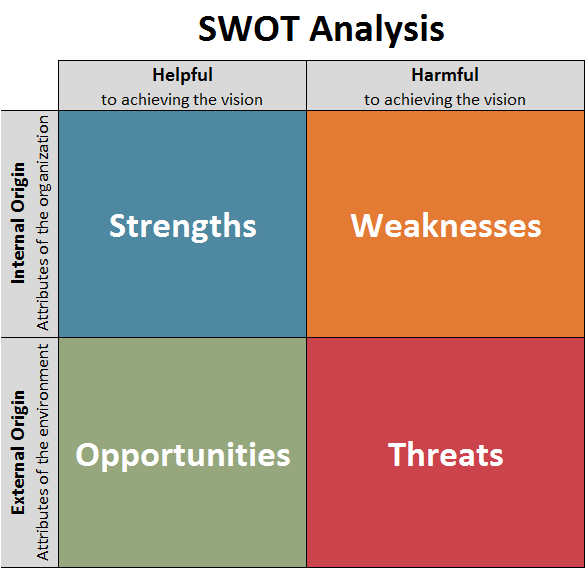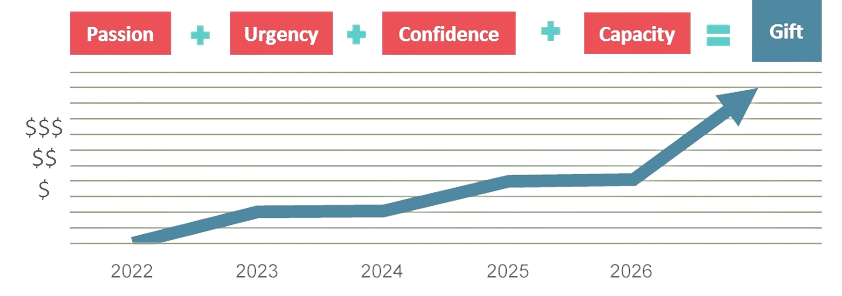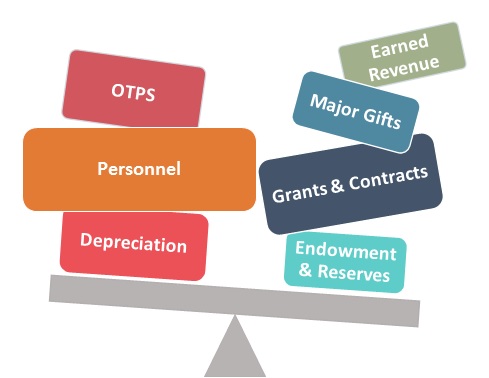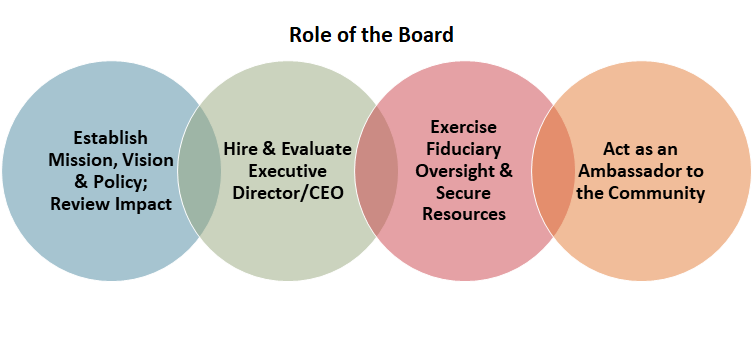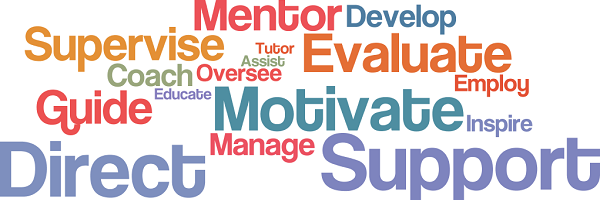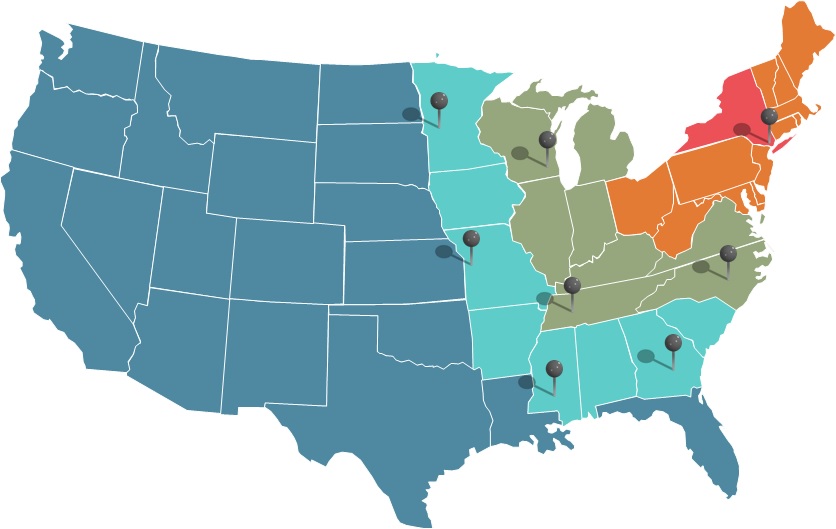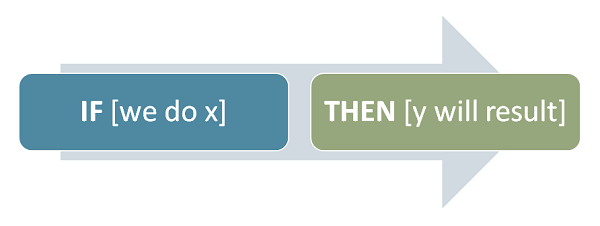Plan A Advisors teamed with Pamela Bol Riess of PBR Executive Search, to develop this guide to Succession Planning for board and staff leaders so the inevitable process is anticipated appropriately and executed effectively.
Plan A Advisors® recognizes that while every nonprofit is unique, there are core challenges faced by any organization, institution or philanthropy. Our library features selected articles, blog posts, and links to great material that can help you make smart decisions, and lead your organization to greater impact.
Leadership in a Time of Uncertainty
We’re living at a time of uncertainty when both work life and personal life are buffeted by political, environmental, and social anxiety. How to lead in a time of uncertainty? This article, by Plan A Advisors and Dr. Steve Axelrod, is for board chairs, chief executives, and everyone holding a position of responsibility in the nonprofit sector.
AI 101
Artificial Intelligence (“AI”) is THE technology of the moment…and will likely be for the coming decade. How can and should nonprofits employ AI safely, responsibly, and productively to empower employees and to benefit programs, services, operations, and fundraising?
Justice and the Nonprofit Board
Nonprofits have increasingly come to understand their responsibility to become more diverse, equitable and inclusive (DEI) places to work, serve, enroll, visit, attend, heal, learn, pray or play.
However, nonprofit boards often believe that by simply diversifying they can magically address more deeply rooted inequities within their organizations (or avoid addressing those inequities by pointing to their slightly more diverse boards).
Plan A’s primer helps to demystify these concepts and provide concrete ideas for how to authentically advance justice within a nonprofit.
All About Endowment
For nonprofit organizations and institutions, endowments can be a reliable source of unrestricted operating support or a welcome source of support for restricted purposes.
Boards & Bylaws
Management consultants Plan A Advisors and law firm Carter Ledyard & Milburn joined to share guidance and wisdom to help nonprofit executives and board members consider revisions and amendments to make your bylaws more congruent with the way your nonprofit actually operates, improve governance, and ensure compliance with current law.
Tools For Non-profit Planning
Plan A Advisors offers this practical set of tools for research and assessment to help nonprofit leaders consider the environmental changes that might impact an organization or institution or help it to redirect its energies to address issues or opportunities that might ultimately strengthen it.
Hiring
Want to hire effectively in a highly competitive market for talent? Plan A Advisors offers this primer to
help nonprofits get the personnel they want and need to fill positions of every kind.
How to Ask for Money
Most Plan A clients rely on philanthropic support for some or all of their operating budgets. Successful fundraisers know it’s important to build a diverse “portfolio” of support – with gifts and grants from a wide range of donors and donor types.
Volunteers
For many nonprofits, volunteer “labor” is an essential human resource, and central to the way you serve audiences or constituents and fulfill your mission. Effective volunteers are like effective staff: they are highly motivated; come with valuable skills and develop others; take on and uphold weighty responsibilities; and represent your organization or institution at its best. Like staff, volunteers should also be responsive to leadership that they respect and feel appreciated for their good work.
Strategic Planning 101
Strategic planning is a core business practice employed widely by nonprofits to re-examine and refresh the programs and services they provide within the context of a clear vision for the impact they wish to have as they fulfill their mission. Strategic planning helps align the board and staff around key goals and objectives, so they work, in concert, towards a common aim.
Good Board Meetings
Good boards actively engage voluntary leaders in the life of a nonprofit organization. It starts with attendance each scheduled board meeting.
Campaign Basics
A capital campaign is designed to successfully reach a pre-determined financial goal in order to fund a defined initiative or set of initiatives in a set period of time; for example, build or renovate a facility, introduce or expand a major new program, or grow the endowment. Capital campaigns succeed when they have the right voluntary leadership, a compelling Case for Support, and a pool of prospective donors who have the capacity to be generous if appropriately motivated.
Budgeting Basics
Your annual budget is a kind of operating plan for your nonprofit so you can implement your vision for the impact you intend to have. It is also a form of communication; the numbers should reflect your organizational priorities and obligations, and even your values. Your operating budget is also a tool for analysis offering the raw material to make informed decisions about programs and expenditures.
All About CRMs
Think of your nonprofit’s fundraising CRM (Customer Relationship Management software) as both “container” and “tool.” While you can use it to simply record donations and produce reports, it can also be used more comprehensively to identify and analyze new sources of funding, cultivate and deepen relationships, grow and communicate with your audiences, manage events and programs, evaluate participation and other service outcomes, and set fundraising goals. Your CRM can be a strategic partner for more than simply fundraising.
What Makes Good Boards Good?
Nonprofits large and small struggle with this question: how can we improve the performance of our board as a cohesive governing body, and our board members as individual contributors to the organization’s success?
About Planned Giving
A planned gift is a charitable gift made to a nonprofit as part of a donor’s financial or estate plans. For any nonprofit with a view to a long-term future, a planned giving program should be among the fundraising opportunities actively marketed, particularly in conjunction with an annual or capital campaign.
All About Feasibility Studies
A Feasibility Study is a critical part of fundraising campaign planning so a nonprofit can set a campaign goal with confidence that it is achievable, and confidence that the Case for Support has resonance with prospective donors.
Grow Your Board
Too often, Nominating Committee conversation starts with: “Who do we know?” rather than: “Who do we need? The conversation should focus on the experience, skills and connectivity to build a high performing board. Effective recruitment mimics the way paid positions are best filled in nonprofits – by defining the organization’s needs and identifying candidates to help meet them.
How to Be a Good Boss
In every workplace, supervisor/supervisee relations impose interpersonal dynamics that can either make each day fulfilling or very much the opposite. Nonprofits offer unique management challenges when staffing is inadequate, budgets are squeezed tight, and (sometimes) union rules pose limitations.
Getting Hitched: Nonprofit Mergers
Economic uncertainty, strategic necessity, business opportunity, mission motivation: the driving forces behind mergers have always simmered but for many the moment has come. Nonprofit funders and thought leaders are now vocal proponents.
Scaling Up: Grow by Intention and Plan
Small can be beautiful, but stagnation can be deadly. Growth, wisely planned, can be energizing. Now may be a good time for your nonprofit to consider “scaling up.”
Theory of Change
Nonprofits are often founded by an individual or a group that has identified a social or environmental challenge and believes that it knows the best way to successfully address it. That, in a nutshell, is a “theory of change.” Increasingly, funders ask prospective grantees to articulate their theory of change. It’s a good idea to have one prepared because you can use the language whenever you need to make a case for support to a prospective donor.


 All
All






